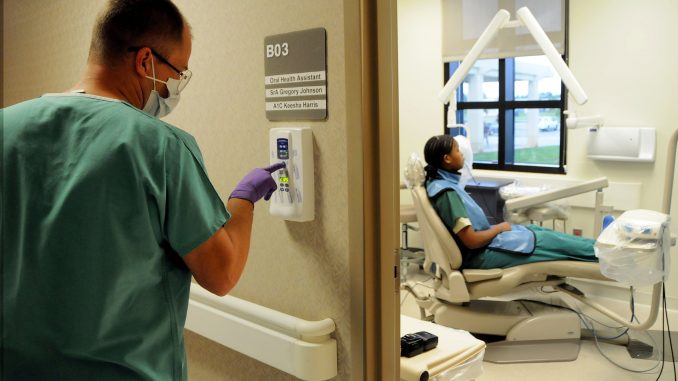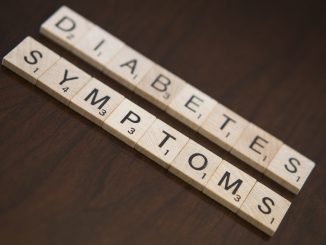
Dental radiography is a common diagnostic procedure, usually considered to be extremely safe. Digital dental radiographs use very low doses of radiation and a low exposure time.
Dental radiography is a picture, recorded on a special photographic film, of all the teeth or of a group of two to three teeth.
Depending on the surface covered, there are two types of dental radiographs:
- Retroalveolar – this provides a detailed picture of two or three adjacent teeth, with roots and dental crowns visible.
- Panoramic – provides an overview of both dental arches.
The Importance of Dental X-rays
A radiography is an essential part of any dental care treatment plan. It has a diagnostic role, allowing the detection of hidden tooth affections, but it can also be preventive, helping the dentist diagnose potential problems the patient might face in the future.
Among the details that your doctor can see with an X-ray are:
- Hidden cavities;
- Cavities that appear under the old fillings, hard to detect with the naked eye;
- Decreased bone volume;
- Small infections at the tip of the teeth root;
- Wisdom teeth blocked by bone;
- Details of the structure and size of the bone in which an implant is to be performed;
How dangerous are the dental x-rays?
The risk of exposure to X-rays during a dental x-ray is very minimized. Lead coverings are used to form a shield against the X-rays used so that the exposure area is as small as possible.
According to various studies, a dental radiography produces radiation equivalent to that obtained during a two-hour airplane flight.
The best way to minimize the risks is to use this procedure only when required. Your dentist should be the one who decides when and how many radiographs the patient needs.
Dental X-rays for children
Children are more sensitive to radiation. However, the amount of radiation entering the body during a dental x-ray is considered safe for them. As their dental arches and teeth change, it is important to monitor their evolution.
Dental radiography during pregnancy
Although the exposure is minimal, pregnant women should avoid dental radiographs for fetal health. If a dental x-ray is required in a pregnant woman, the dental imaging specialist will most likely take additional protective measures.
Extra safety measures
Apart from making sure you go through this kind of procedure only when required, there are a few other steps your dentist can take that will minimize the exposure even further. For example, choosing to take only a single picture drastically reduces the radiation.
Furthermore, most X-ray machines have various radiation level settings, so you could ask your dentist to use the lowest one.



Leave a Reply